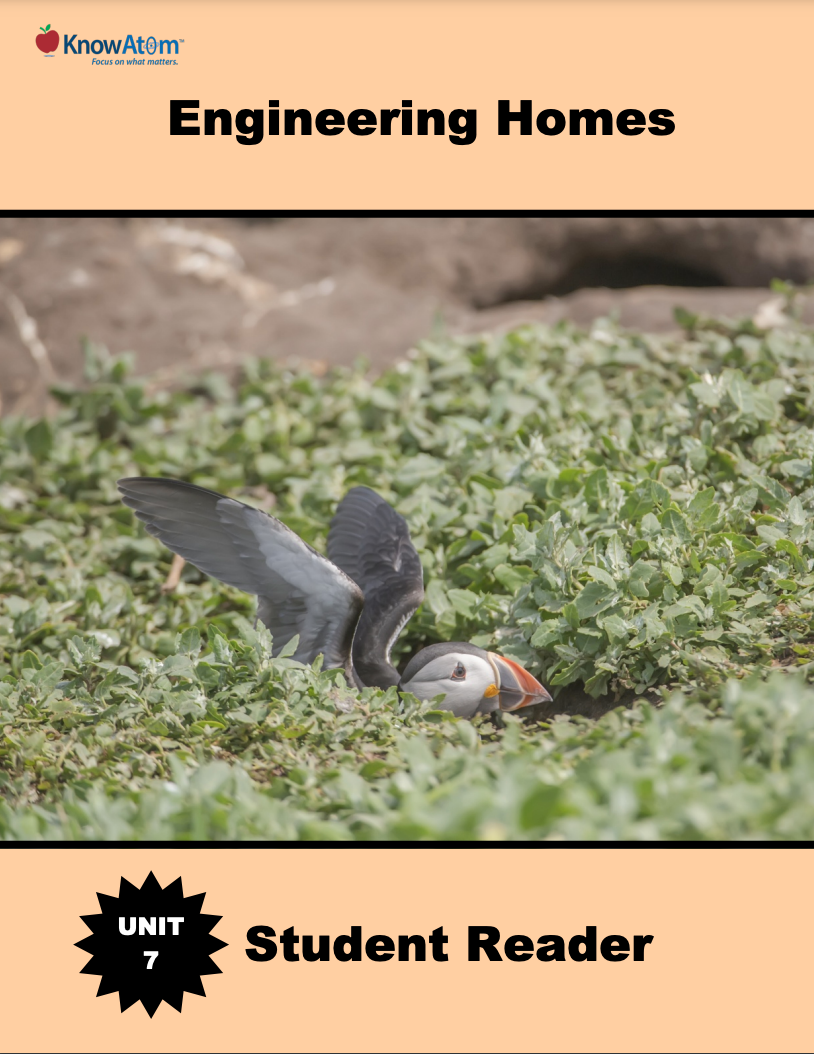
In the last unit, students observed butterflies moving through their life cycle, explored how butterflies are pollinators, and then designed a hand pollinator. In this unit, students explore the science phenomena of how shelters help animals survive in their environment and then design a prototype burrow-like structure to keep a burrowing owl cool in hot temperatures.

In the second unit of Kindergarten, students explore life on Earth. They begin by exploring what makes something a living thing, and then investigate what plants and animals need to survive. To begin their study of life science, students make observations and construct explanations about those observations to explore the characteristics that all living things have in common.
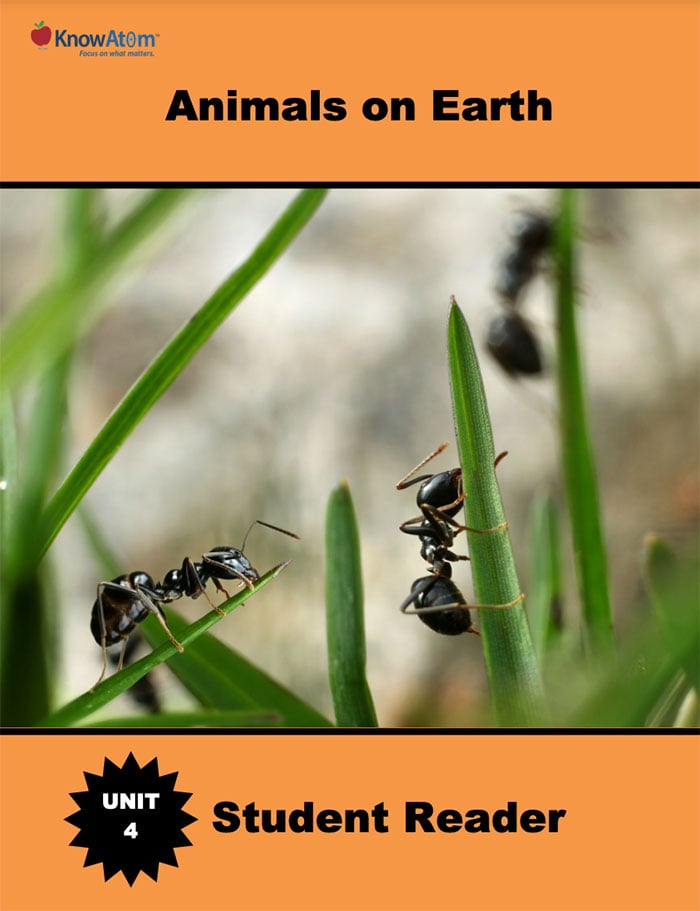
In this unit, students focus on animals, analyzing how animals’ body parts help them survive and grow. This page is a high-level extract of the first lesson of the unit in which students build insect models to investigate the science phenomena of an insect’s body parts’ structure and function. Students observe how ants use their body parts to get what they need to survive.
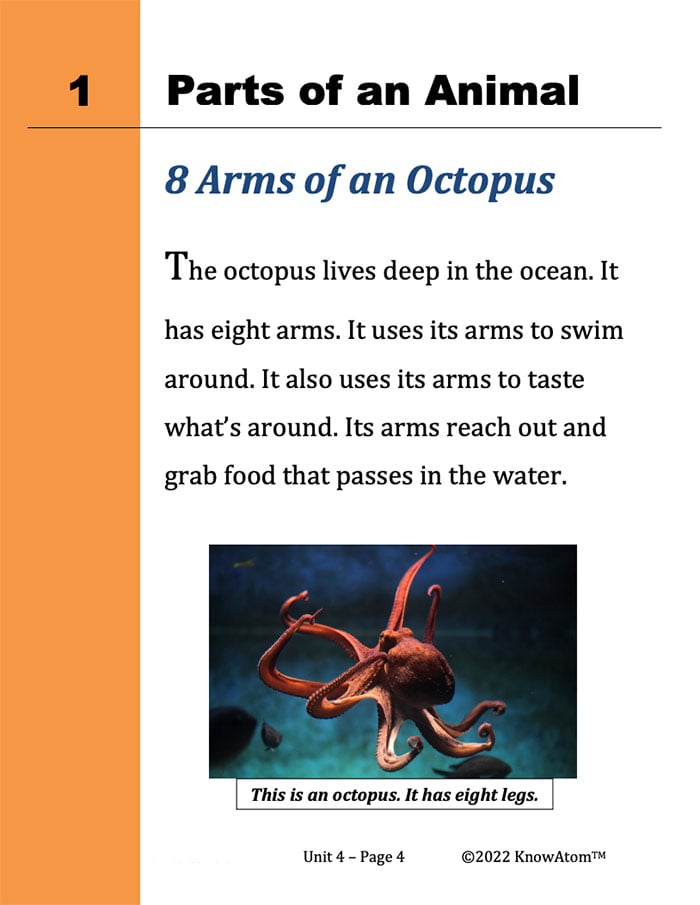
Once students have modeled the science phenomena of insects’ body parts, they then focus on one kind of insect: the ant. They conduct an experiment to test the taste preference of harvester ants, and observe how ants use their different body parts to get food, communicate with one another, and carry out other life functions.
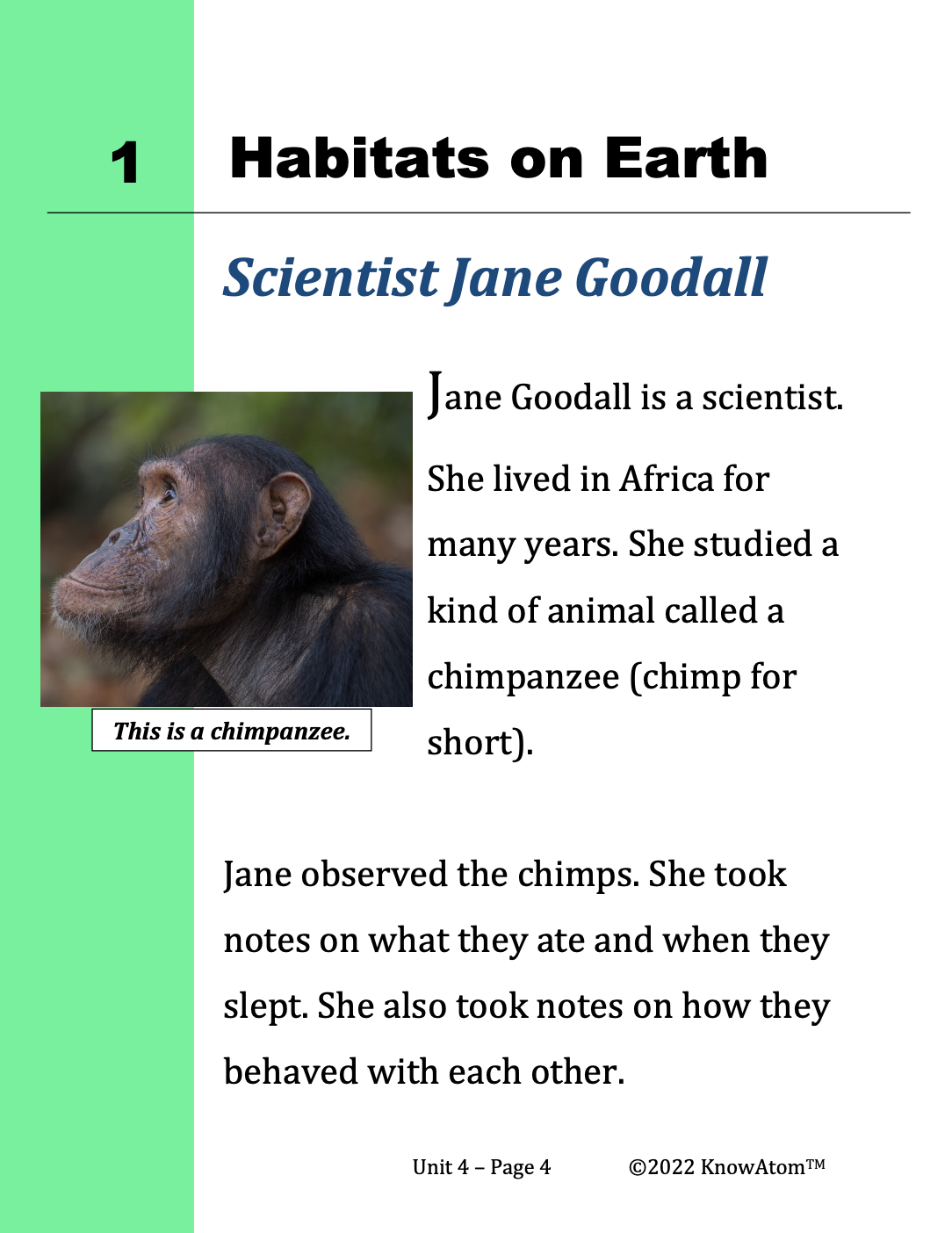
This unit has students exploring animal habitat and predator-prey relationships. Once students model the living and nonliving parts of different habitats, they focus on how living things depend on other living things in their habitat for survival. As a class, students model the predator-prey relationship between foxes and rabbits in a forest habitat, and then dissect owl pellets to analyze a barn owl’s diet.
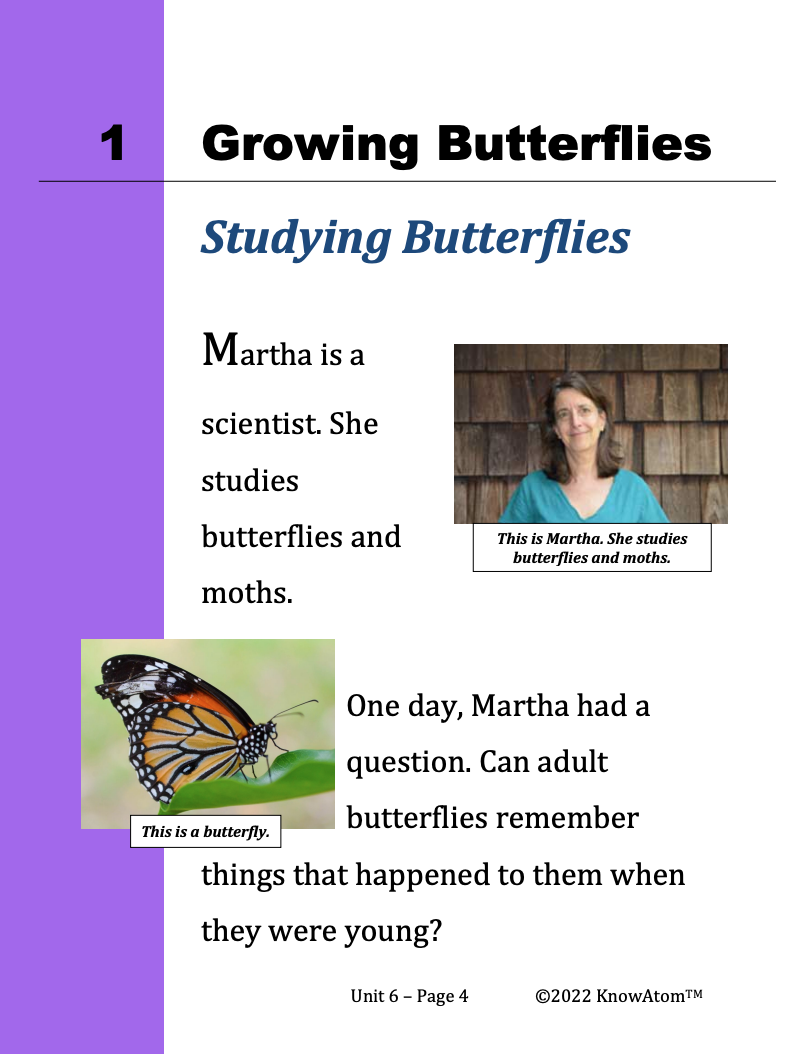
In this unit, students continue to learn about living things, focusing on animals. They begin by observing the metamorphosis of a butterfly and then model the parts of a butterfly that help it survive in its environment. This page highlights each component of lesson two in which students explore a butterfly’s body structure and function.
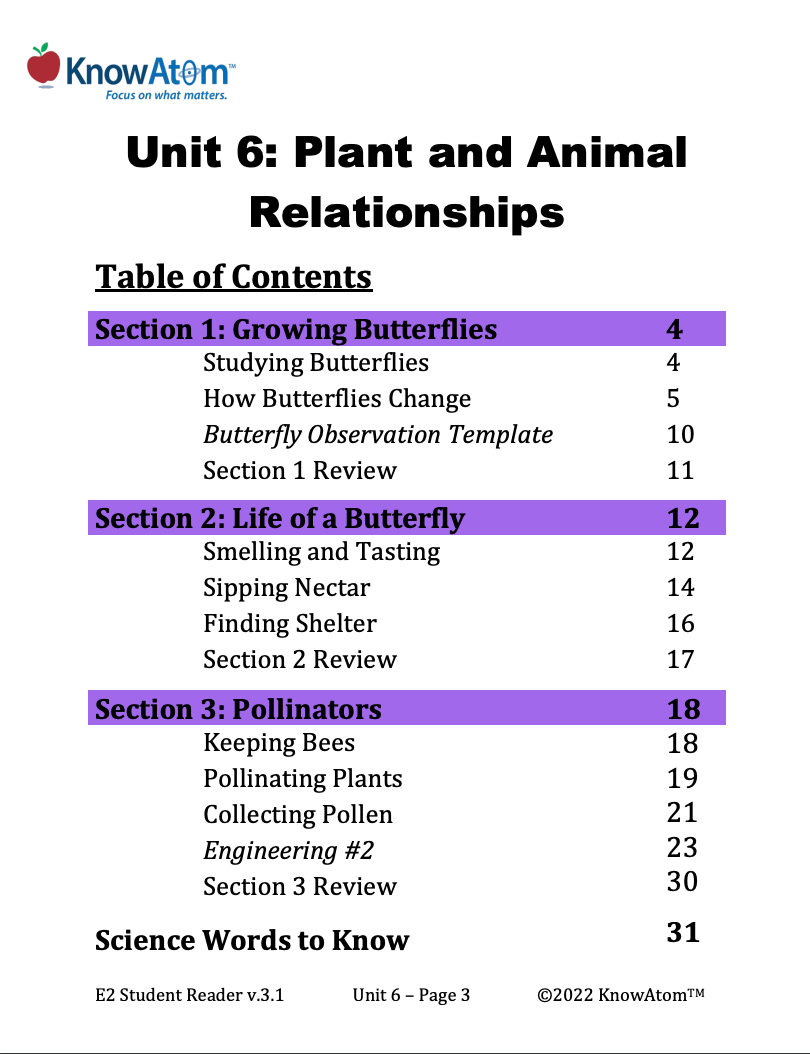
In this unit, students continue to explore the phenomena of living things, focusing on animals. They begin by observing the metamorphosis of a butterfly and then model the parts of a butterfly that help it survive in its environment. This page provides an overview of key components of this lesson that has students applying what they know about pollination to design a self-pollinating technology.
Standards citation: NGSS Lead States. 2013. Next Generation Science Standards: For States, By States. Washington, DC: The National Academies Press. Neither WestEd nor the lead states and partners that developed the Next Generation Science Standards were involved in the production of this product, and do not endorse it.